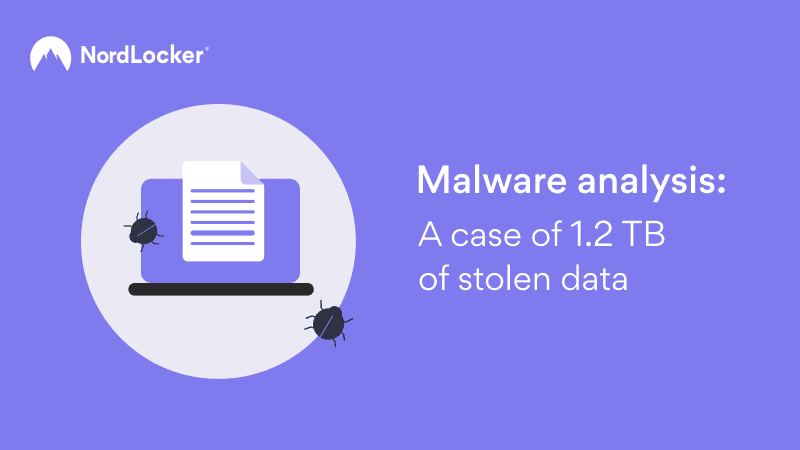- Apr 17, 2020
- 542
Researchers have discovered yet another massive trove of sensitive data, a dizzying 1.2TB database containing login credentials, browser cookies, autofill data, and payment information extracted by malware that has yet to be identified.
In all, researchers from NordLocker said on Wednesday, the database contained 26 million login credentials, 1.1 million unique email addresses, more than 2 billion browser cookies, and 6.6 million files. In some cases, victims stored passwords in text files created with the Notepad application.
The stash also included over 1 million images and more than 650,000 Word and .pdf files. Additionally, the malware made a screenshot after it infected the computer and took a picture using the device’s webcam. Stolen data also came from apps for messaging, email, gaming, and file-sharing. The data was extracted between 2018 and 2020 from more than 3 million PCs.
Last edited by a moderator:





